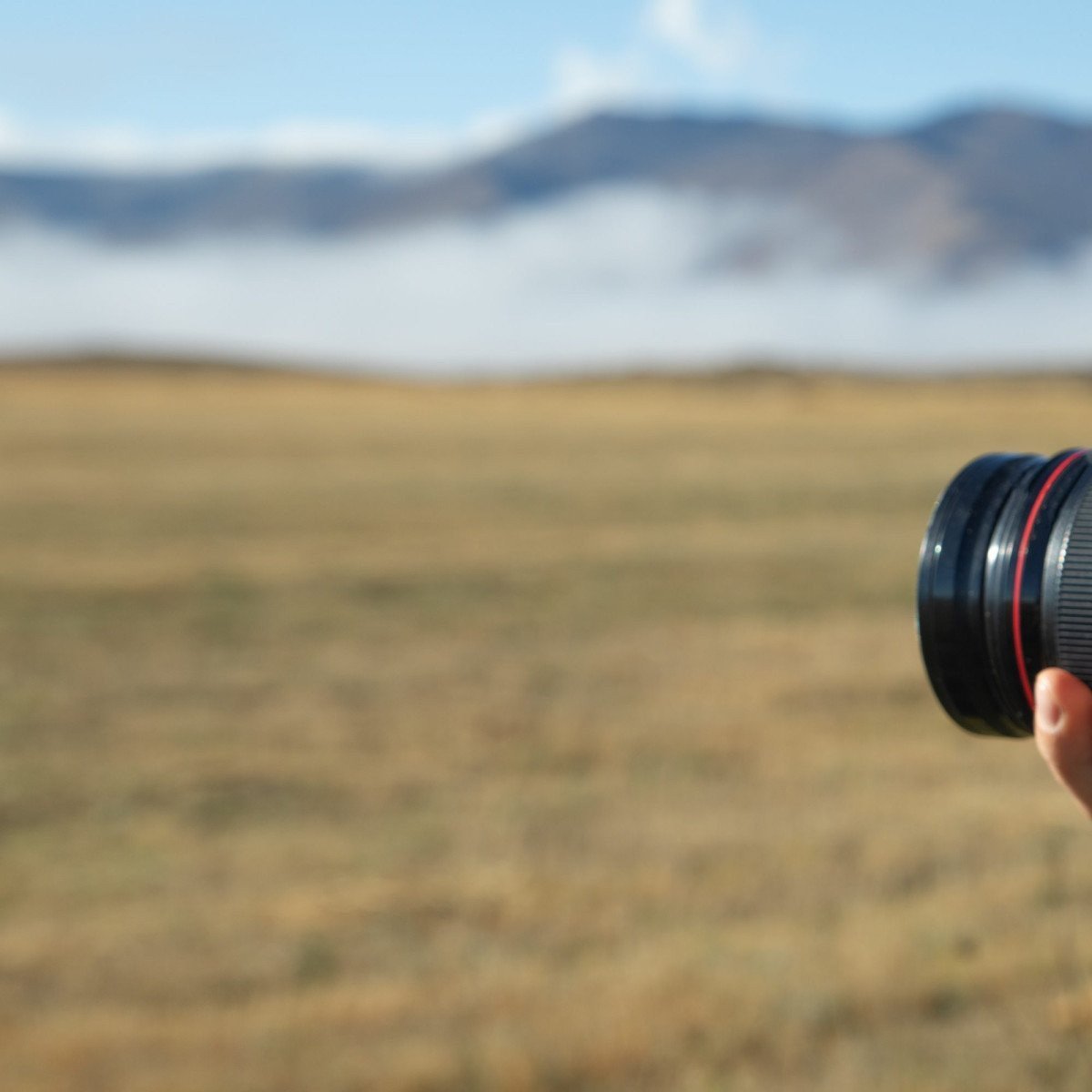Did you ever try to listen to a symphony through your neighbor’s walls? Yeah, me neither, but I imagine it might be akin to capturing a majestic sunset through an ill-suited lens. We’ve all been there, standing in front of a breathtaking scene, our camera in hand, and the image just doesn’t resonate with us on the tiny LCD screen. The question is – ‘Are we letting our lens limit our vision?’
Here’s a fact that might surprise you – the average photographer changes their camera body every 5-7 years but a good-quality lens, once acquired, stays a companion for life! This honestly underscores the significance of ‘choosing right’ when you’re in market for lenses.
The Language of Lenses
‘In photography, the smallest thing can be a great subject…’ Henri Cartier-Bresson once said. And, it’s hardly surprising that the maestro of candid moments favoured the 50mm lens – an honest lens that captures life as our eyes see. The language of lenses is varied and rich with possibilities. Do you want your photographs to whisper with a soft-focus lens, or shout from the rooftops with a wide-angle lens?
Imagine the interactions in a bustling marketplace. A telephoto lens convincingly captures a distant exchange between merchant and customer. Meanwhile, a wide-angle lens inserts you right in the middle of the action, the tension of commerce palpable.
Picking Lenses Based on Photography Style
Different types of photography necessitate different types of lenses. To truly get the shot that tells the story you want, it is essential to use a lens that matches your unique style. This need becomes even more apparent when discussing photography and social change. Be it a powerful portrait or a captivating street scene, the lens you choose can often be the difference between an average photograph and a captivating piece of visual communication.
Portrait Photography
For portrait photography, you’ll want a lens that beautifully captures the nuances of facial expressions and the human form. The nifty-fifty is indeed a revered lens in the arena, but don’t be afraid to step into the world of telephoto lenses. An 85mm or a 135mm can really make your subject ‘pop’ from the background, making for some memorable portraits.
Landscape Photography
A world of peaks and valleys, the scarlet hues of a dramatic sunset or the breathtaking panorama of an urban skyline – landscape photography is all about capturing the scale. Typically, a wide-angle lens (10-24mm) would be your weapon of choice. It allows you to encompass large vistas into a single frame. But hang on, there’s more to it. Let’s not forget the telephoto lenses which can deliver stunning landscape images by isolating specific elements of a larger scene.
Street Photography
Street photography is about capturing life in its raw, unfiltered state. A lens that keeps you unobtrusive while allowing you to capture the scene is essential. A 35mm lens serves the purpose remarkably well, allowing you the flexibility of close-up shots without intruding personal space. But again, a 50mm or even a 85mm can also do wonders depending on your style.
Wildlife Photography
Patience might be the most crucial skill for a wildlife photographer, but having the right lens doesn’t hurt either. For capturing elusive wildlife, typically, a telephoto or super-telephoto lens (200mm and above) often establishes itself as a suitable tool. It allows you to capture skittish animals from a safe distance and bring out the fine details.
Macro Photography
For macro photography or when you wish to delve into the minute details of the world, dedicated macro lenses allow you to get eye-level with tiny subjects while providing 1:1 magnification.
It’s a long story, ain’t it? The plethora of lenses available out there in the market can sometimes be overwhelming, but remembering what style of photography makes your heart race can prove to be a guiding light. It’s about capturing ‘your’ story, ‘your’ style. The lens is simply the tool that helps you weave the narrative.
A question to ponder upon – ‘What would be the symphony of your vision?’
So the next time you’re out lens hunting, make a conscious effort to align your lens choice with your style in photography, and you might just find that elusive symphony.


0 Comment